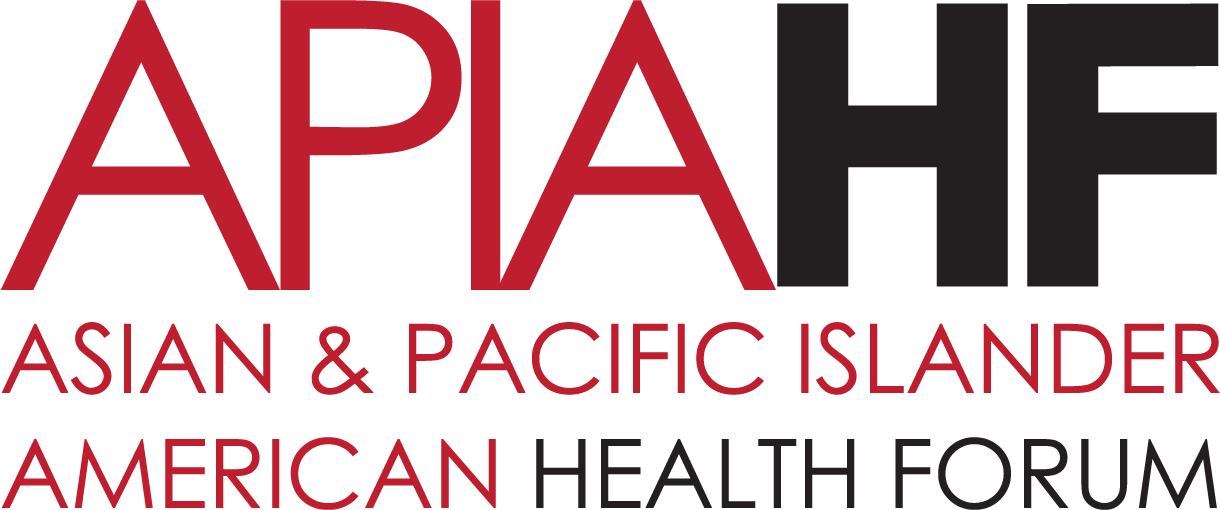Isolation and Precautions for People with COVID-19
If you have COVID-19, you can spread the virus to others. There are precautions you can take to prevent spreading it to others: isolation, masking, and avoiding contact with people who are at high risk of getting very sick. Isolation is used to separate people with confirmed or suspected COVID-19 from those without COVID-19.
These recommendations do not change based on COVID-19 Community Levels. If you have COVID-19, also see additional information on treatments that may be available to you.
This information is intended for a general audience. Healthcare professionals should see Ending Isolation and Precautions for People with COVID-19. This CDC guidance is meant to supplement—not replace—any federal, state, local, territorial, or tribal health and safety laws, rules, and regulations.
Regardless of vaccination status, you should isolate from others when you have COVID-19.
You should also isolate if you are sick and suspect that you have COVID-19 but do not yet have test results. If your results are positive, follow the full isolation recommendations below. If your results are negative, you can end your isolation.
When you have COVID-19, isolation is counted in days, as follows:
If you had no symptoms
Day 0 is the day you were tested (not the day you received your positive test result)
Day 1 is the first full day following the day you were tested
If you develop symptoms within 10 days of when you were tested, the clock restarts at day 0 on the day of symptom onset
If you had symptoms
Day 0 of isolation is the day of symptom onset, regardless of when you tested positive
Day 1 is the first full day after the day your symptoms started
To learn more, please visit: Isolation and Precautions for People with COVID-19

